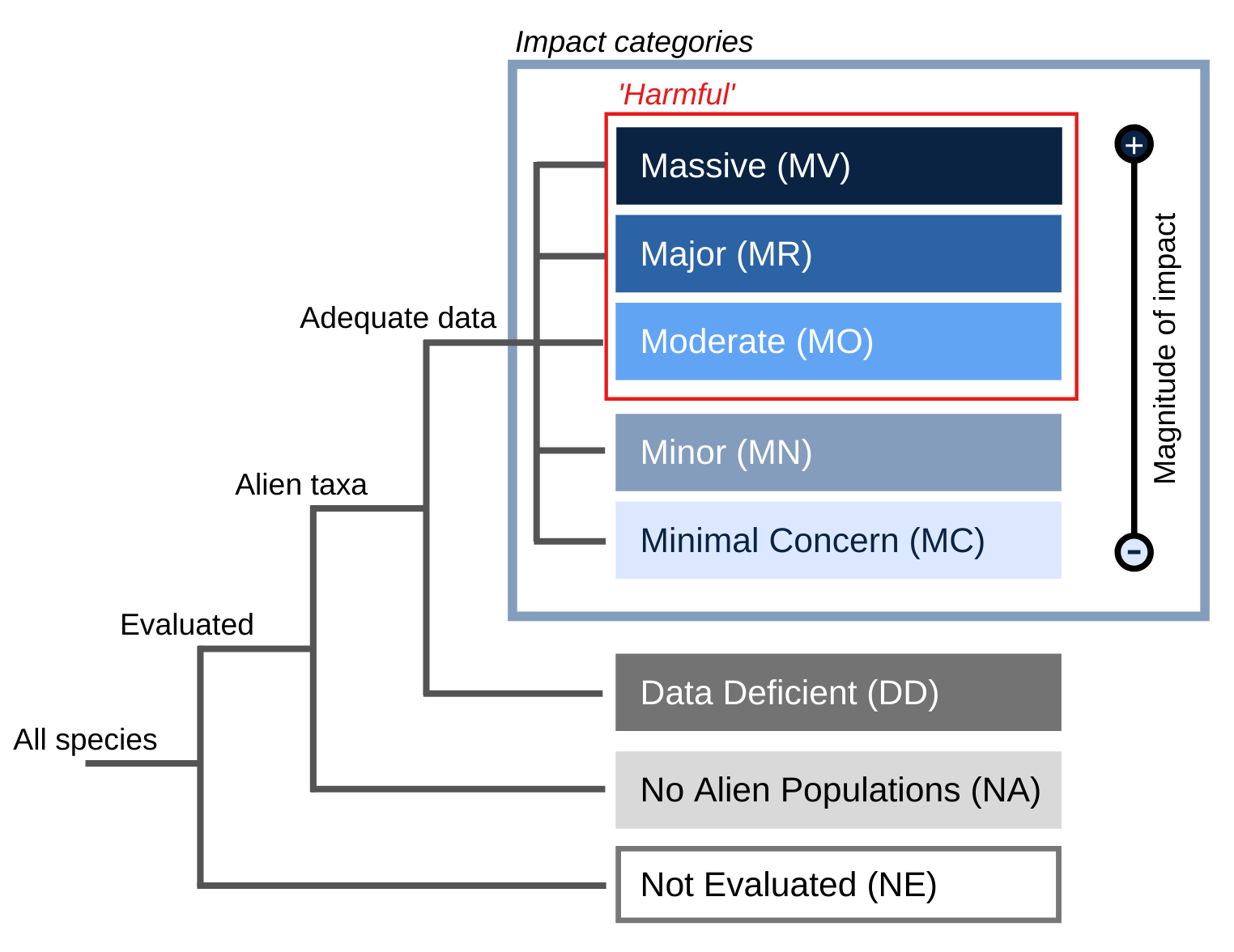- General
- Distribution
- Impact
- Management
- Bibliography
- Contact


Please see PaDIL (Pests and Diseases Image Library) Species Content Page Wasps: Sirex woodwasp for high quality diagnostic and overview images.
Principal source: Hurley, B.P., Slippers, B., and Wingfield, M.J. 2007. A comparison of the control results for the alien invasive woodwasp, Sirex noctilio, in the southern hemisphere. Agricultural and Forest Entomology. Vol. 9: 159-171.
SSPR. 2006. SirexScience Panel Report. Indianapolis, IN.
Haugen, D.A. and Hoebeke, R.E. 2005. Pest Alert: Sirex woodwasp-Sirex noctilio F. (Hymenoptera; Siricidae). USDA Forest Service Northeastern Area State and Private Forestry, 11 Campus Boulevard, Suite 200, Newtown Square, PA 19073.
Compiler: National Biological Information Infrastructure (NBII) & IUCN/SSC Invasive Species Specialist Group (ISSG)
Review: Brett P. Hurley, Forestry and Agricultural Biotechnology Institute (FABI) University of Pretoria, South Africa
Publication date: 2007-11-23
Recommended citation: Global Invasive Species Database (2025) Species profile: Sirex noctilio. Downloaded from http://www.iucngisd.org/gisd/species.php?sc=1211 on 15-12-2025.
In 2002, United Nation FAO's (Food and Agriculture Organization) Interim Commission on Phytosanitary Measures imposed a global standard for treating wood packaging International Standard for Phytosanitary Measures No. 15 to stop the spread of invasives including S.noctilio. Although, implementation has proven difficult. Similarily, New York State the Department of Conservation has imposed recommended treatment protocols for all wood products over 2.5cm thick. Silvicultural management is another important means of preventing S. noctilio infestation. Since, the Sirex woodwasp attacks stressed trees, healthy and vigorous trees properly maintained by good silviculture practice, including routine survelliance, pruning, and appropriate watering and spacing of trees, will assist in preventing new infestations and to control present populations. Recently, aerial multispecteral imagaing technology has been employed to detect infected trees in large pine plantations of KwaZulu-Natal, South Africa. Another use of technology employs computer modeling by programs like CLIMEX to render a predictive modeling of potential invasive ranges (Hoebeke, 2005; NAPPO, 2007; Keiran, 2005; NYSDEC, 2006; Fernandez-Ahrex, 2005; Ismail, 2007; Carnegie, 2006).
Biological: Biological control agents have been the most popular and successful means of managing Sirex noctilio. Many species of parasitic wasps have been employed including: Megarhyssa nortoni, Rhyssa persuasoria, Rhyssa hoferi, Ibalia leucospoides, and Schlettererius cinctipes. Of these M. nortoni, R. persuasoria, and I. leucospoides have been the most effective, employed in New Zealand, Australia, South America, and South Africa. These wasps find S. noctilio larvae, then bore into the tree, paralyze them, and deposit their eggs on them. Sirex larvae are then consumed by the newly hatched parasite larvae. However, the most effective means of control has been from parasitic nematode Deladenus siricidicola (also =Beddingia ). This nematode has an almost perfectly designed life cycle to control Sirex woodwasps. Its first stage feeds on fungus Amylostereum areolatum while the second invades the larvae collecting in their reproductive organs. Females are sterilized while males spread the nematode further. This agent has been successful in South America, South Africa, Australia, and especially New Zealand in which few S. noctilio remain. The US is currently in experimental phases of introduction. The nematode may be raised in laboratory conditions and trees are inoculated with a gel medium in which they are suspended (Hurley, 2007; Haugen, 2005; Hocking, 1968; Bain, 2005; Bedding, 1974; SSPR, 2006).













